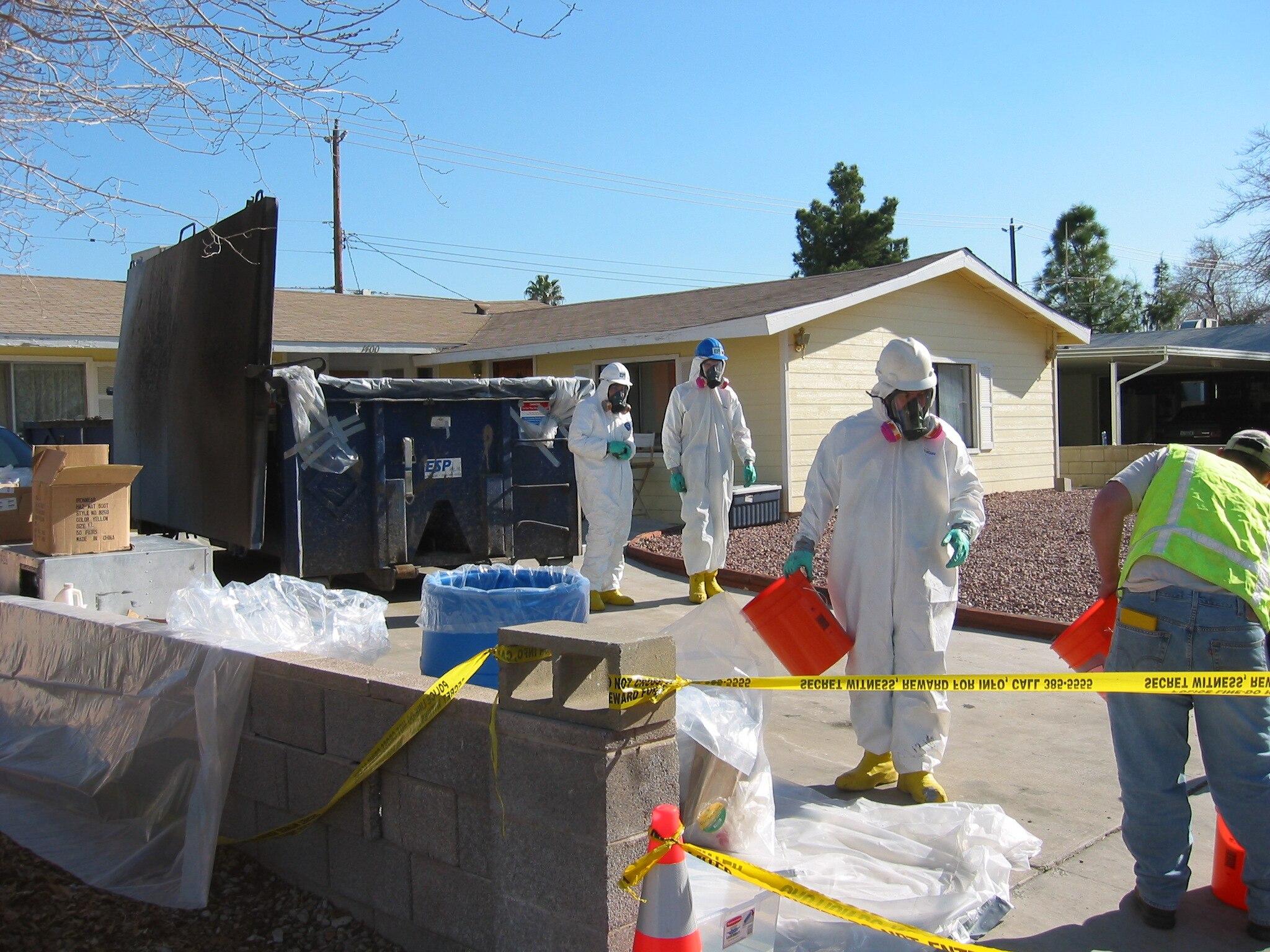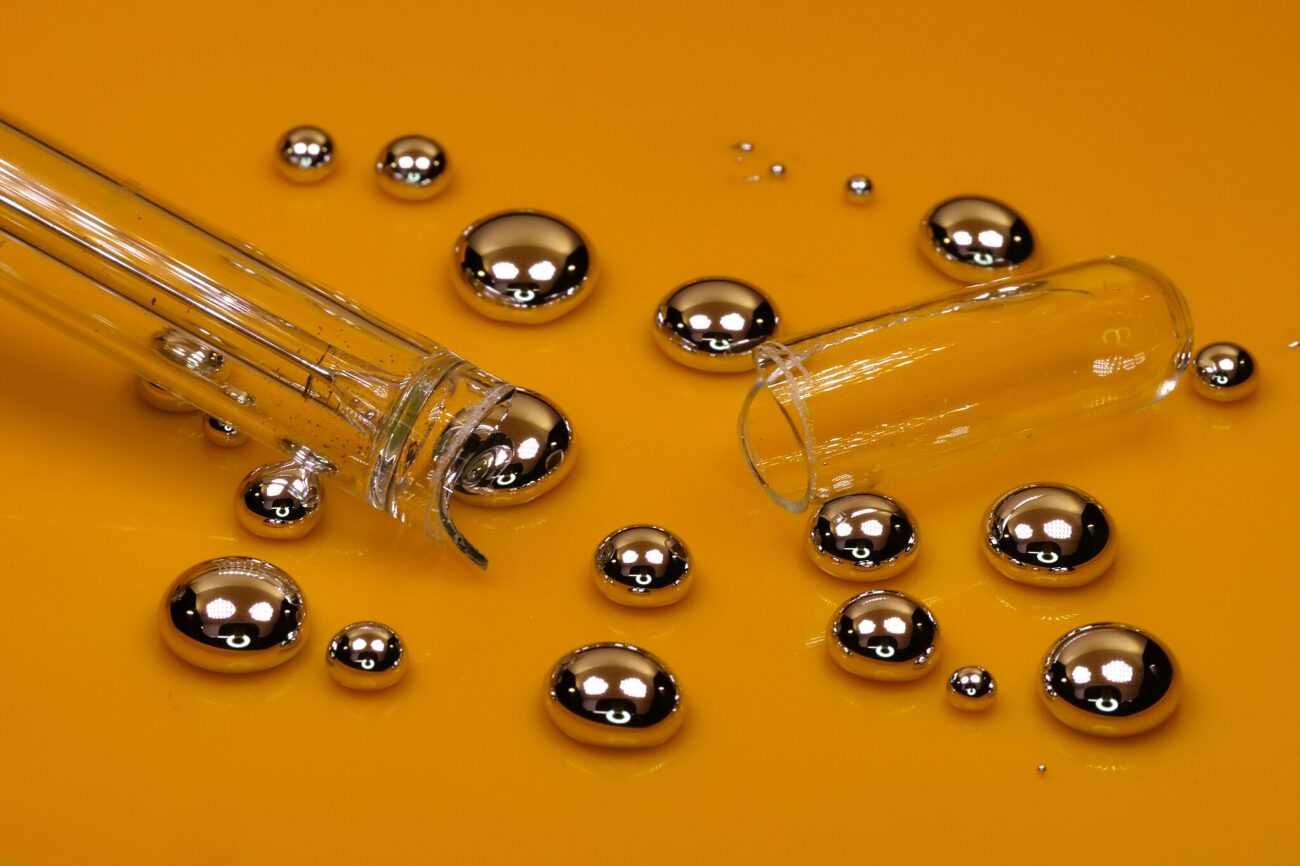A recent study revealed that atmospheric levels of mercury have decreased almost 70 percent in the last 20 years, thanks to domestic and global environmental regulations limiting mercury and its emissions.
This is good news, because mercury is highly toxic to humans and animals. Globally, about 5,000 to 8,000 metric tons are emitted each year, of which 1/3 comes from natural processes like volcanic eruptions and undersea vents. The rest comes from industrial pollution such as the burning of fossil fuels. In the U.S., power plants that burn coal and oil emit 44 percent of all mercury emissions.
But the Environmental Protection Agency (EPA) is now proposing changes to the Mercury and Air Toxic Standards (MATS), which would weaken current emissions limits for mercury from U.S. fossil fuel power plants by 70 percent.
What is mercury?
Mercury, an element toxic to humans and animals, occurs naturally in rock and coal deposits.
“For a long time, coal was not accessible to humans,” said Ana Navas-Acien, professor and chair of environmental health sciences at Columbia University’s Mailman School of Public Health. “But we are taking it from deep in the earth where mercury was safely trapped and we are burning it. We are spreading it throughout our planet. We are making it accessible to the biosphere, and we are doing it in ways that are not in keeping with how life on the planet has evolved.”
Apart from burning coal for energy, mercury has been put to many uses by humans because it is a good conductor of heat and electricity. In the biosphere, mercury can now be found in three different forms.
Elemental mercury, liquid silver at room temperature, has been used in thermometers, dental fillings, fluorescent light bulbs and electrical switches.
When elemental mercury reacts with another substance, it becomes inorganic mercury. This is used in batteries, some disinfectants, and skin lightening soaps and creams. Both elemental and inorganic mercury are emitted from the burning of coal or waste. When inorganic mercury combines with elements such as chlorine or sulfur, it can form inorganic salts, which are transported by air or water.
Inorganic mercury salts can attach to particles in the air and then be carried by rain or snow and deposited on land or in waterways. In water, they can be transformed by certain microorganisms into methylmercury, a type of organic mercury that is highly toxic. Methylmercury is found in aquatic food chains, in soil, sediment and wetlands.
Since mercury is a neurotoxin, all three forms of mercury can be toxic to humans and animals, depending on its form and amount, how the exposure occurs, how prolonged it is, and the age and health of the person.
Mercury’s toxic effects
“Because evolution didn’t bring us into regular contact with toxic metals like mercury, we’re not very good at dealing with these toxic metals that are not essential” to us, said Navas-Acien. “As a result, we don’t have strong resiliency systems to protect us from these toxic elements that can interfere with our regular proteins and protein functions.” Mercury has been related to numerous health effects. The most important ones are related to neurodevelopment and cognitive function and brain toxicity. Mercury has also been related to kidney disease as well as to impacts on the immune function, including autoimmune diseases.”
Mercury has other effects too. Exposure to elemental mercury when it’s inhaled as a vapor, can cause breathing problems, nausea, tremors, emotional changes, weakness, muscle atrophy, headaches and changes in nerve responses. Just a few drops of it can contaminate all the air in a room.
Exposure to inorganic mercury can damage the gastrointestinal tract, kidneys and the nervous system and can cause skin rashes, mood swings, muscle weakness and mental disturbances.

Photo: NIOSH
Mercuric nitrate, a form of inorganic mercury, was used in the 18th and 19th centuries to stiffen felt for hats. The hat makers inhaled the poisonous vapors and developed psychosis and tremors, giving rise to the phrase “mad as a hatter.”
Organic mercury causes symptoms when inhaled or touched, and if exposure is prolonged, it can result in numbness, tremors, unsteady gait, double vision, memory loss and seizures. People are most often exposed to the organic form of mercury as methylmercury through eating fish or seafood. Methylmercury’s toxicity is of particular concern because it can pass through the blood-brain and placental barriers where it can damage brain function and development of the fetus.
In addition, methylmercury has long been linked with cardiovascular problems, but the connection is complicated, said Navas-Acien. “This is because the main source of mercury is seafood, which also has beneficial effects, such as omega-three fatty acids, that are essential for humans. Also, people who eat more seafood tend to have healthier diets because they generally eat less meat and fast-food products. That makes [mercury’s cardiovascular impacts] difficult to study from an epidemiological perspective.”
Famously, between 1932 and 1968, mercury was dumped into Minamata Bay in Japan by a petrochemical company. Anaerobic bacteria turned it into methylmercury, which was consumed by the fish and shellfish in the bay that were eaten by the local population.

As a result, over 900 people suffered painful deaths, and thousands were left permanently disabled, with blindness, seizures or other neurological problems. While the chemical company stopped using mercury in 1968, the poisoning continued for over 30 years from the contaminated sediment and the continued consumption of seafood.
A 2017 study of 1,044 women of child-bearing age in 25 countries found that 42 percent had levels of mercury exceeding the EPA’s maximum acceptable dose of a toxic substance. Some of these women come from gold-mining communities where an alloy containing mercury is used to extract gold. Others live in areas where fish or sea mammals like seal and walrus are diet staples.
Birds and animals that eat fish, as well as their predators, are also susceptible to mercury’s toxicity, which can cause death, reduced reproduction, slower growth and development, and abnormal behavior. After high levels of mercury were found in alligators in Georgia and South Carolina, particularly in the Okefenokee Swamp, researchers discovered that even their babies had very high levels of mercury. Toxins were passed from the mother into the eggs during reproduction. And because mercury is deposited on land, insect-eating birds and bats in forest ecosystems are also showing high mercury levels.
How does mercury get into the environment?
Mercury is released into the air from natural sources, and from fossil fuel power plants and waste incineration. In the atmosphere, inorganic mercury salts eventually dissolve in water vapor and fall to Earth as rain or dust particles. While most mercury will land about nine miles from a power plant, putting people living nearby most at risk, it can potentially stay in the atmosphere for a year and be transported many miles away.
A study of two forests led by Róisín Commane, associate professor in the department of earth and environmental sciences at Lamont-Doherty Earth Observatory (which is part of the Columbia Climate School), found that mercury in the atmosphere that descends as gaseous mercury is taken up by plants. When these plants die, the mercury enters the soil, contributing 54 to 94 percent of the mercury in soil. As a result of mercury emissions regulations, soil now emits more mercury (62 percent) than human-related sources (28 percent). The implication of this is that as global temperatures rise, more vegetation will grow, increasing the amount of mercury in the soil. When it rains, soil and mercury particles will wash into streams and enter lakes and the ocean.
Mercury that is deposited into the ocean can remain there for 300 years and be carried by currents. Scientists found that mercury from China was transported thousands of miles away to the Arctic where it builds up in the animals and threatens the health of Indigenous populations.

How does mercury get into our food?
Once in waterways, mercury can turn into methylmercury through the action of anaerobic bacteria. Phytoplankton absorb the methylmercury and end up with 500 to 500,000 times higher mercury concentrations than is found in the water around them. When larger zooplankton eat the phytoplankton, their mercury levels can be 50,000 to 1 million times higher than the surrounding water. Small fish eat the plankton, and larger fish eat the small fish. As mercury moves up the food chain, it bioaccumulates in each organism’s body at every step. Mercury levels are thus highest in the bodies of top predators such as sharks, swordfish, eagles and humans.
How are mercury emissions regulated?
In 2005, coal plants emitted about 50 percent of all mercury emissions in the U.S. MATS, established in 2012 by the EPA, set standards for the levels of mercury and other toxic metals, acid gases such as hydrogen chloride, and formaldehyde that fossil fuel plants could emit. Power plants had to meet strict emission control standards. Some coal plants shut down, some switched to natural gas, some implemented pollution control technology. Before MATS, there were 507 coal plants in operation. After MATS was instituted, 230 shut down and 62 were partially retired, resulting in a 90 percent decrease of the mercury emitted by power plants.
Texas and North Dakota, however, were allowed to have higher mercury emissions, because their power plants burn their local lignite coal. Due to lignite’s chemical makeup, its mercury emissions were harder to limit with the pollution control technology of that time. While most coal plants emit less than 5 kilograms of mercury each year, lignite power plants can release more than 100 kilograms.
In 2024, under the Biden administration, MATS regulations were strengthened. Emission standards for toxic metals like mercury were tightened by 67 percent and lignite-fired plants had to reduce emissions by 70 percent; in addition, particulate matter emission standards were made stricter, and all plants were required to have continuous emissions monitoring systems. Power plants have until July 2027 to comply. However, President Trump gave an exemption of two years beyond the compliance date to 68 coal plants, allowing 37 percent of the nation’s coal plants to operate with less stringent emissions standards.
And in June, the EPA proposed to repeal the 2024 amendments to MATS and revert back to the original 2012 standards. Doing this would weaken emissions limits for mercury from fossil fuel plants by 70 percent, ease restrictions on other substances like lead, nickel and arsenic by 67 percent , and undo the requirement for continuous monitoring.
The EPA’S argument is that the updates are not technically feasible or cost-effective and will not deliver significant health benefits. In addition, rolling back the 2024 amendments would save $120 million a year in compliance costs.
“It’s true that the direct health benefits [of regulations] are going to take longer to be measured and observed, and so it makes mercury a much more complicated chemical to work with from a regulatory perspective,” said Navas-Acien. “But this means that we are going to put so many more tons of mercury, into the air, into the biosphere, which will be accessible for centuries. So it’s not just the short-term health implications that worry me. It’s the long-term effects of elements such as mercury that are so persistent. The best thing to do is to avoid the emissions in the first place.”
A number of states have formed a coalition to oppose the EPA’s proposal to repeal the 2024 amendments. The 17 attorneys general involved argue that mercury and other hazardous air pollutants disproportionately affect those living near coal- and oil-fired power plants. Moreover, mercury emissions harm the commercial and recreational fishing industries, and tribal nations and Indigenous peoples that rely on fishing for subsistence. They contend that the EPA has not taken into sufficient account the advancements in practices, processes and control technologies.
The public comment period on the proposed rule is over. After the EPA has reviewed the comments submitted, it is expected to make a final decision in December about the proposal to repeal the 2024 amendments.
“The process for these changes to occur in terms of going backwards is not an easy one, either,” said Navas-Acien, “There could be legal implications. So let’s be alert and prepared, and let’s generate the data that is needed to keep informing those processes.”
How to protect yourself from mercury’s toxicity
- If your work involves handling chemicals and compounds, wear protective clothing.
- Old dental fillings contain 50 percent mercury, along with silver and other metals. If you have damaged older fillings, you could be exposed to mercury poisoning. Consult your dentist about replacing them.
- While cosmetic products that contain mercury are illegal in the U.S., they may be available online or in shops catering to different ethnic communities. Anti-aging or skin lightening products may contain mercury, so check labels for mercury or terms like “mercurous chloride,” “calomel,” “mercuric,” or “mercurio.” Stop using them immediately.
- Limit the amount of fish you eat. If you are pregnant or breastfeeding, consult the FDA’s guidelines.
- In New York, the Department of Health recommends that people limit themselves to a half-pound of fish per week from the state’s fresh waters and certain salty waters at the mouth of the Hudson River.
- Children and women of childbearing age should not eat any fish from contaminated fresh or coastal waters of New York State, including all waterways in the Adirondacks and Catskills. The New York fish with the highest mercury levels are the larger predatory fish such as walleye, northern pike, chain pickerel and smallmouth and largemouth bass
- Other fish and shellfish that have high levels of mercury include shark, king mackerel, swordfish, orange roughy and tuna. Smaller fish, such as sardines and herring, contain much less mercury and still deliver the benefits of eating seafood.
Source link
Renée Cho news.climate.columbia.edu

